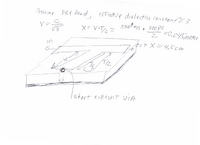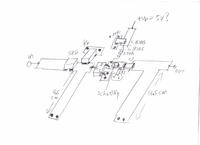rineesh
Junior Member level 1
Rf stub design in pcb & impedance matching network
DEAR ALL
Please suugest any guidelines to me for design a MMIC amplifier Impedence matching design & implementation methods.
My basic doubts based on the following links
http://wcsp.eng.usf.edu/UWB_Testbed_Docs/low_cost.pdf
This is a 300pS pulse genearation using SRD.
Here Im not clear in SHORT CIRCUIT STUBS.
Please help me how can I Implement this Stubs in PCB?
Also the output of the generated pulse Impedence is 50 Ohm.
But I want to feed this to 25 Ohm load. How can i acheive by IMPEDANCE matching network.Whether it is possible to get any impdence matching readymade componens?
DEAR ALL
Please suugest any guidelines to me for design a MMIC amplifier Impedence matching design & implementation methods.
My basic doubts based on the following links
http://wcsp.eng.usf.edu/UWB_Testbed_Docs/low_cost.pdf
This is a 300pS pulse genearation using SRD.
Here Im not clear in SHORT CIRCUIT STUBS.
Please help me how can I Implement this Stubs in PCB?
Also the output of the generated pulse Impedence is 50 Ohm.
But I want to feed this to 25 Ohm load. How can i acheive by IMPEDANCE matching network.Whether it is possible to get any impdence matching readymade componens?

